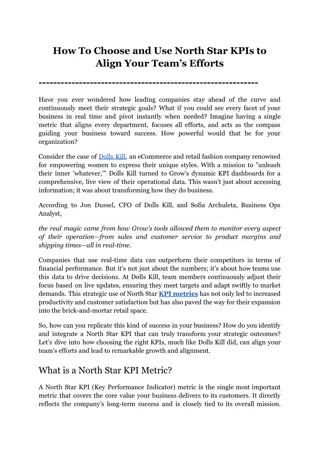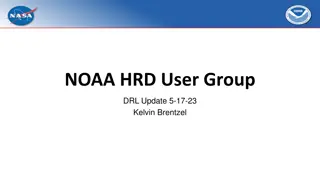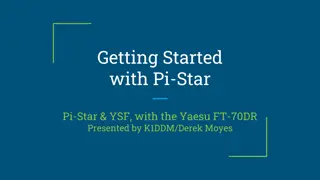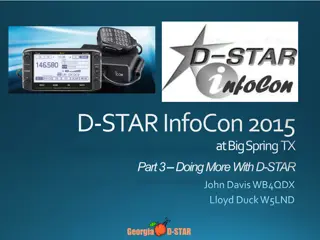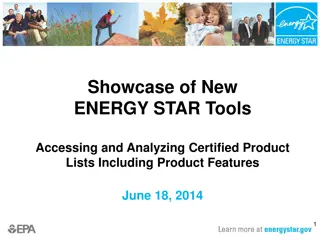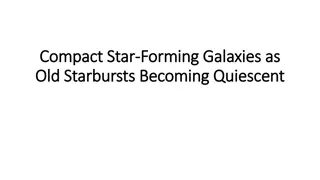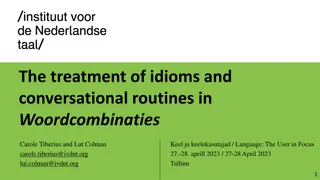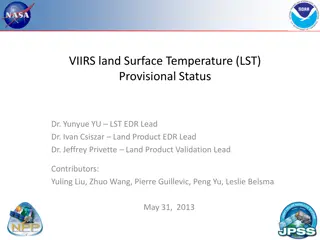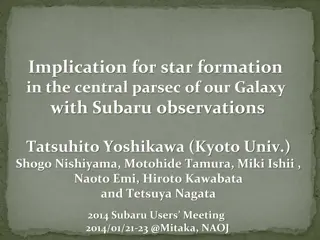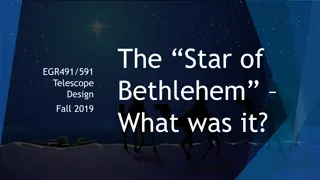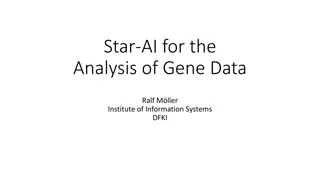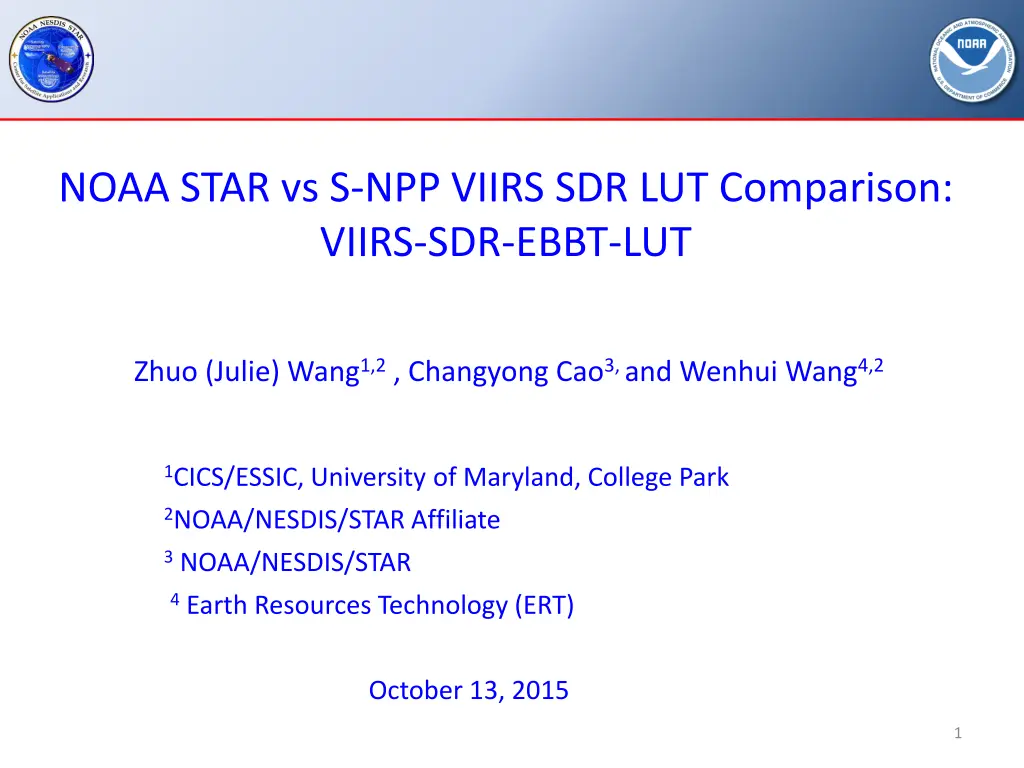
Comparison of NOAA STAR vs S-NPP VIIRS SDR LUT - Analysis and Findings
Explore the comparison between NOAA STAR and S-NPP VIIRS SDR LUTs, focusing on Radiance to Effective Blackbody Temperature and Radiance Ratio for 7 TEB Bands. Understand the impact of Relative Spectral Response (RSR) on the data results and errors observed in the analysis.
Download Presentation

Please find below an Image/Link to download the presentation.
The content on the website is provided AS IS for your information and personal use only. It may not be sold, licensed, or shared on other websites without obtaining consent from the author. If you encounter any issues during the download, it is possible that the publisher has removed the file from their server.
You are allowed to download the files provided on this website for personal or commercial use, subject to the condition that they are used lawfully. All files are the property of their respective owners.
The content on the website is provided AS IS for your information and personal use only. It may not be sold, licensed, or shared on other websites without obtaining consent from the author.
E N D
Presentation Transcript
NOAA STAR vs S-NPP VIIRS SDR LUT Comparison: VIIRS-SDR-EBBT-LUT Zhuo (Julie) Wang1,2 , Changyong Cao3, and Wenhui Wang4,2 1CICS/ESSIC, University of Maryland, College Park 2NOAA/NESDIS/STAR Affiliate 3 NOAA/NESDIS/STAR 4 Earth Resources Technology (ERT) October 13, 2015 1
Radiance to Effective Blackbody Temperature (EBBT) S-NPP (Mx8.10): 550bf6c5-4852d-9b9deadd-f0ae016f.VIIRS-SDR-EBBT-LUT_npp_ 20150227000000Z_20150511000000Z_ee00000000000000Z_PS-1-O-CCR- 15-2321-JPSS-DPA-002-PE_noaa_all_all-_all.bin NOAA STAR version (using RSR from the average of M16A and M16B): NOAA_STAR_VIIRS-SDR-EBBT-LUT_SNPP_201510_mx8-10_M16AB.bin NOAA STAR version (using RSR from M16A only): NOAA_STAR_VIIRS-SDR-EBBT-LUT_SNPP_201510_mx8-10_M16A.bin 2
VIIRS Radiance to Effective Blackbody Temperature (EBBT) LUT 3
VIIRS Radiance to Effective Blackbody Temperature (EBBT) LUT 4
Radiance Ratio of NOAA/SNPP_Mx8.10 For 7 TEB Bands NOAA STAR SDR group generates EBBT LUT for TEB. Compared NOAA EBBT with SNPP Mx8.10 version EBBT. The radiance ratio of NOAA/SNPP is very close to 1.0 for most bands except for M16. The large difference in M16 at low temperature is possibly related to Relative Spectral Response (RSR) in M16. NOAA EBBT uses the averaged RSR of M16A and M16B. 5 5
Radiance Ratio of NOAA/SNPP_Mx8.10 For 7 TEB Bands NOAA STAR SDR group also generates EBBT using the RSR from M16A only. The radiance ratio of NOAA/SNPP is very close to 1.0 for all bands. The comparison result shows that SNPP Mx8.10 version EBBT uses RSR in M16A. 6 6 6
Relative Error in Radiance for M16A vs. Average of M16A and M16B Courtesy of Gabriel Moy s presentation: Effects on EBBT LUT of using M16A RSR data vs. Average of M16A and M16B RSR data (April 15, 2015). Rad Rad 16 Rad 16 M AB M A 100 % 16 M A Relative error is about 0.2% at low temperature. 7
Difference NOAASNPP (Mx8.10) for 7 TEB bands In general, the difference is very small for most bands except for bands M16 and M13 for NOAA STAR EBBT using the averaged RSR of M16A and M16B. In M16, the largest radiance difference is 0.0119 W/m2- m-Sr at around 390K. In M13, the largest radiance difference is 0.015 W/m2- m-Sr at 700K. 8 8 8
Difference NOAASNPP (Mx8.10) for 7 TEB bands For NOAA STAR EBBT using RSR in M16A only, the difference is very small for most bands except for M13. In M16, the largest radiance difference at high temperature is removed, which means that SNPP Mx8.10 still uses SRF from M16A only. For the data reprocessing, NOAA STAR EBBT with averaged RSR in M16 are suggested to be used. In M13, the largest radiance difference is 0.015 W/m2- m-Sr at 700K. 9 9 9 9
NOAA STAR and SNPP Mx8.10 Radiance Comparison for 7 TEB bands Radiance vs. Temperatures lines from NOAA STAR and SNPP EBBT LUT are almost overlapped, and their pattern are consistent. I4 and M12 have the smallest radiance, and M13 has the largest radiance. 10 10 10 10



